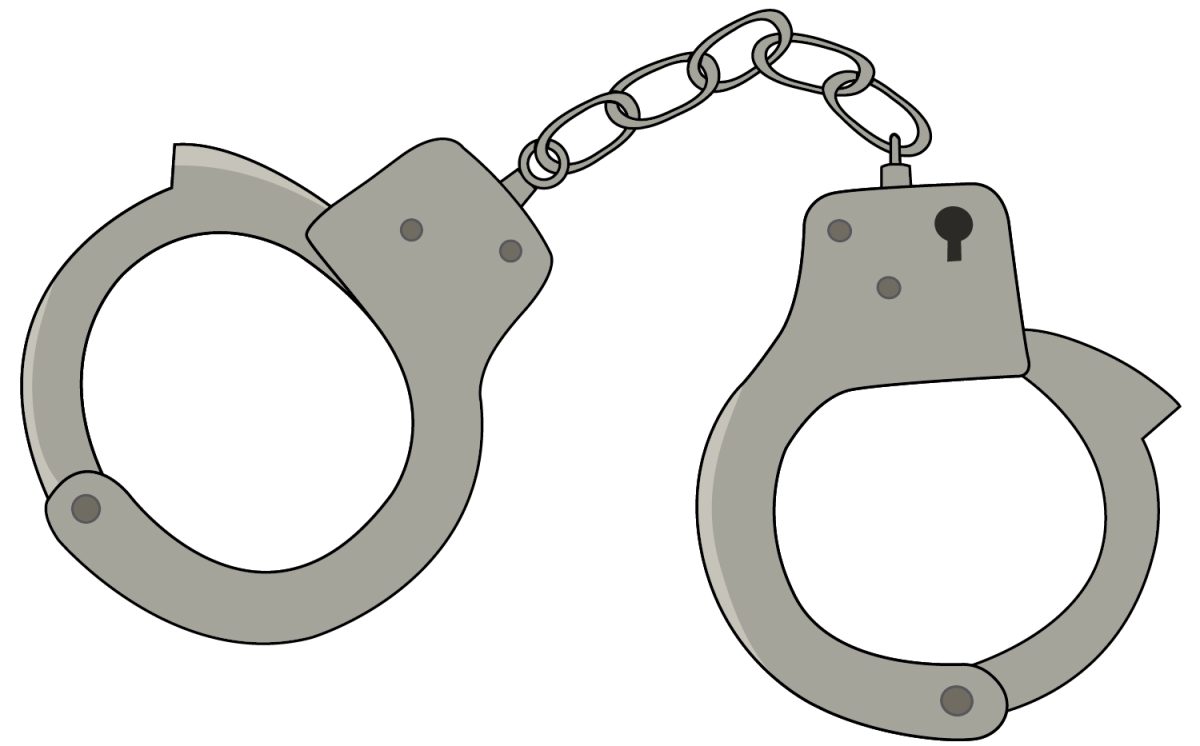The reason for the correctional system is a way to punish criminals and to eventually reintegrate them back into society. Though, mandatory minimums hinder this process and create more problems for the convict and the society they go back into.
According to Families Against Mandatory Minimums, “A mandatory minimum is a sentence, created by Congress or a state legislature, which the court must give to a person convicted of a crime, no matter what the unique circumstances of the offender or the offense are.” Mandatory minimums are seen in drug and gun offenses.
For example, if someone sells 28 grams of crack cocaine, they must receive a mandatory minimum sentence of five years regardless of the circumstances or if the judge wants to give a lower sentence, as explained by FAMM.
The increase of the mandatory minimums reemerged with the “War on Drugs” campaign from Ronald Reagan in an attempt to crack down on the hard drugs in the country in the 1970s through the 1980s. The idea behind the mandatory minimums was “deterrence” from committing the crime, the thought being if long prison sentences are implemented, people will stop committing said crime.
Legislatures began to increase drug sentences and create more mandatory minimums with the Anti-Drug Abuse Act of 1986. As stated by Equal Justice Under Law, “ … two years later a five-year mandatory minimum sentence for simple possession of crack cocaine, with no evidence of intent to sell, was passed.”
After the act had been placed, the three-strikes rule came into effect. The three-strikes rule is when an offender has two prior drug convictions and when caught on the third, they will receive life in prison without the possibility of parole.
With these acts in place, and having outrageously long prison sentences, the system does not give the offenders the possibility to be reintegrated into society. Without giving the proper tools and skills to be successful in society, some offenders will have no other choice than to return back to crime.
According to Wisevoter, “Recidivism rates in the U.S. are some of the highest in the world with almost 44% of criminals released returning to prison within their first year out.” Instead of focusing on harshly punishing offenders for drug crimes, it has been proven to be more effective to provide rehabilitation.
It has been reported that rehabilitation lowers recidivism. When rehabilitation is used for prisoners, it lowers recidivism by 27%, from the National Bureau of Economic Research.
Not only does rehabilitation work, but it makes society become more economically stable. “Investing in rehabilitation programs also saves taxpayers money. RAND found that every $1 spent on prison education saves $5 on reincarceration costs,” Legal Jobs stated.
Rehabilitation should be focused on if legislatures want to improve society as a whole instead of using mandatory minimums to be harder on crime. Imprisoning the offender with a harsher prison sentence does not make the problem of drugs or other problems go away.
Opinion: Mandatory Sentencing Increases Issues in the U.S.
Harsh prison sentences create problems that do not improve society
0




